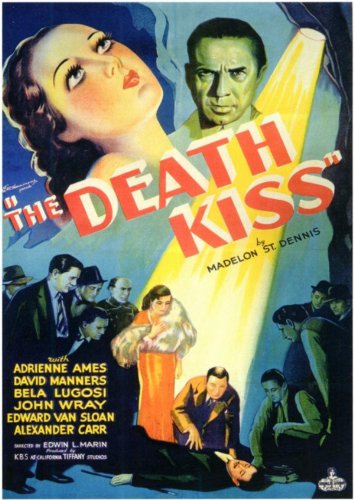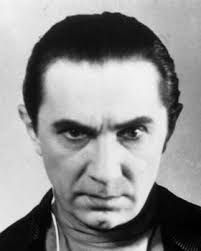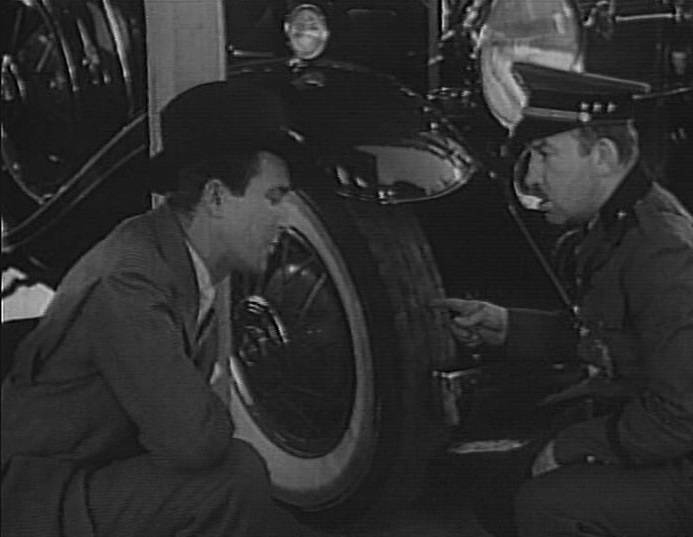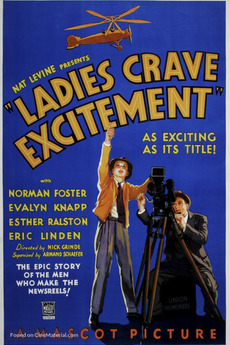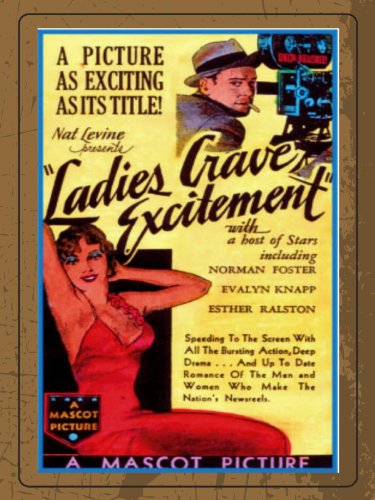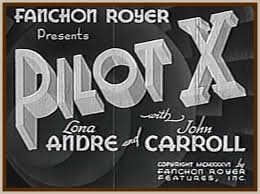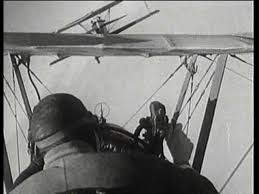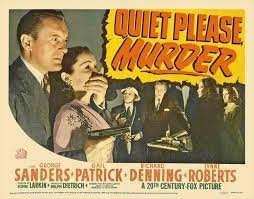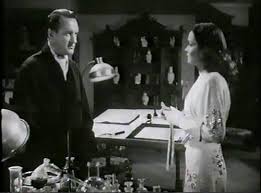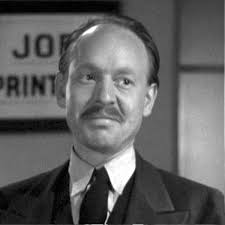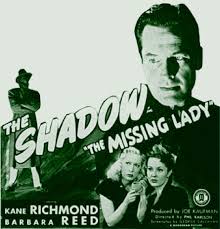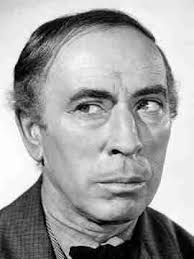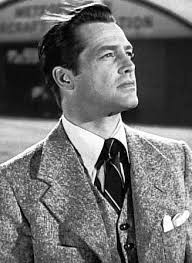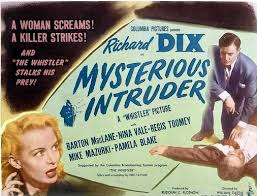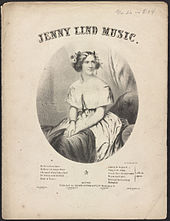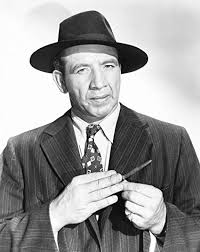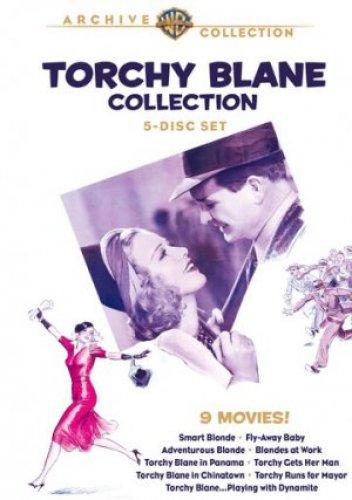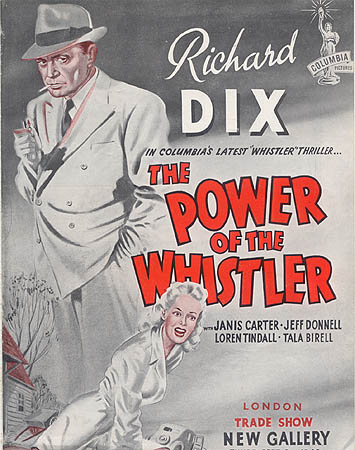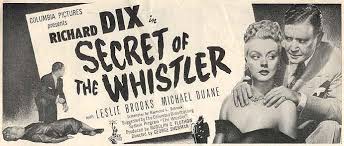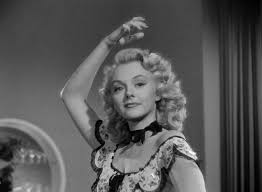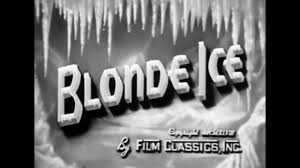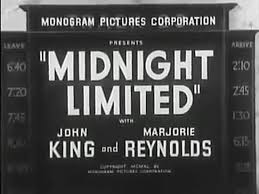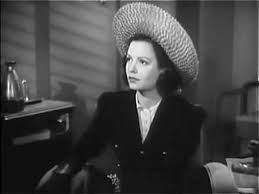Phantom Killer (1942)
IMDb meta-data is 1 hour and 1 minute, rated 5.3/10.0 by 124 cinematizens.
Genre: Mystery
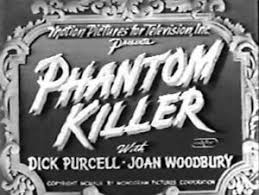
Verdict: Snappy
It is nearly a word-for-word remake of The Sphinx (1933), which starred the incomparable Lionel Atwill. This one limps long with Perry White as the villain. His scowl is as bland as the leading man Dick Purcell’s smile. The bland threatens the bland.
Dick knows, and I mean knows, that Perry is guilty despite a mountain of evidence to the contrary. He knows this in his bones without ever having visited the crime scene, spoken to the police, or met Perry. He just knows. Yet his frail was sitting next to Perry at a banquet when one of the crimes occurred miles away. No matter, Dick knows what Dick knows, because he has read the script. The fraternity brothers were not impressed. They, too, have known things in their bones and been slapped for it.

Then there is the conspicuous grand piano which holds the key(s). It is hidden in plain sight and everyone examines it, much to the discomfort of Perry; not very bright this Perry. The police captain quickly susses it, though how and why goes to the grave with him. Nonetheless his murder strengthens Dick’s bones and gives Warren Hymer a chance to act for once, and he takes it in a couple of scenes. He was usually played a foolish lummox but this time he made the most of a few minutes of serious screen time.

In the denouement Perry got confused: is he left or right handed? No matter. I also got confused about which Perry was sitting on the sofa when the handwriting samples were reviewed, and I think Perry was, too. No matter. Nothing stopped director William Beaudine.
William ‘One Shot’ Beaudine directed with his legendary economy. He is credited with between 350 and 500 films by different sources. A personal favourite is Jesse James meets Frankenstein’s Daughter (1966). So much better than his Billy the Kid versus Dracula of the same year. [Psst, look up irony in the dictionary.] Joan Woodbury sparkled as the frail and mercifully put Dick and his bones into the shade. Mantan Moreland played the stereotype to perfection as always.
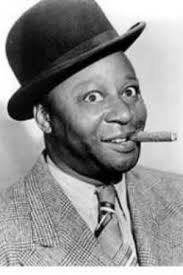
Most of the critics’ comments linked to the IMDb entry are condescending, but I found it brisk and if one can ignore Dick and his bones, stomach Moreland’s dutiful efforts, forgive Perry’s limp-wristed villain, the rest of the cast carries it. Hmm. Put like that maybe 5.3 is too high.
Bad news: there is no phantom. The title was an effort to trade on some other contemporary films that had that word in the title. It is derivative, as well as a copy of the earlier film.
It was released on 2 October 1942, while raged the first American offensive in the Pacific on Guadalcanal in the Solomon Islands. The purpose of this campaign was to deny the Japanese the use of airfields within range of Australian shipping. It was here the PT-109 came to grief.

